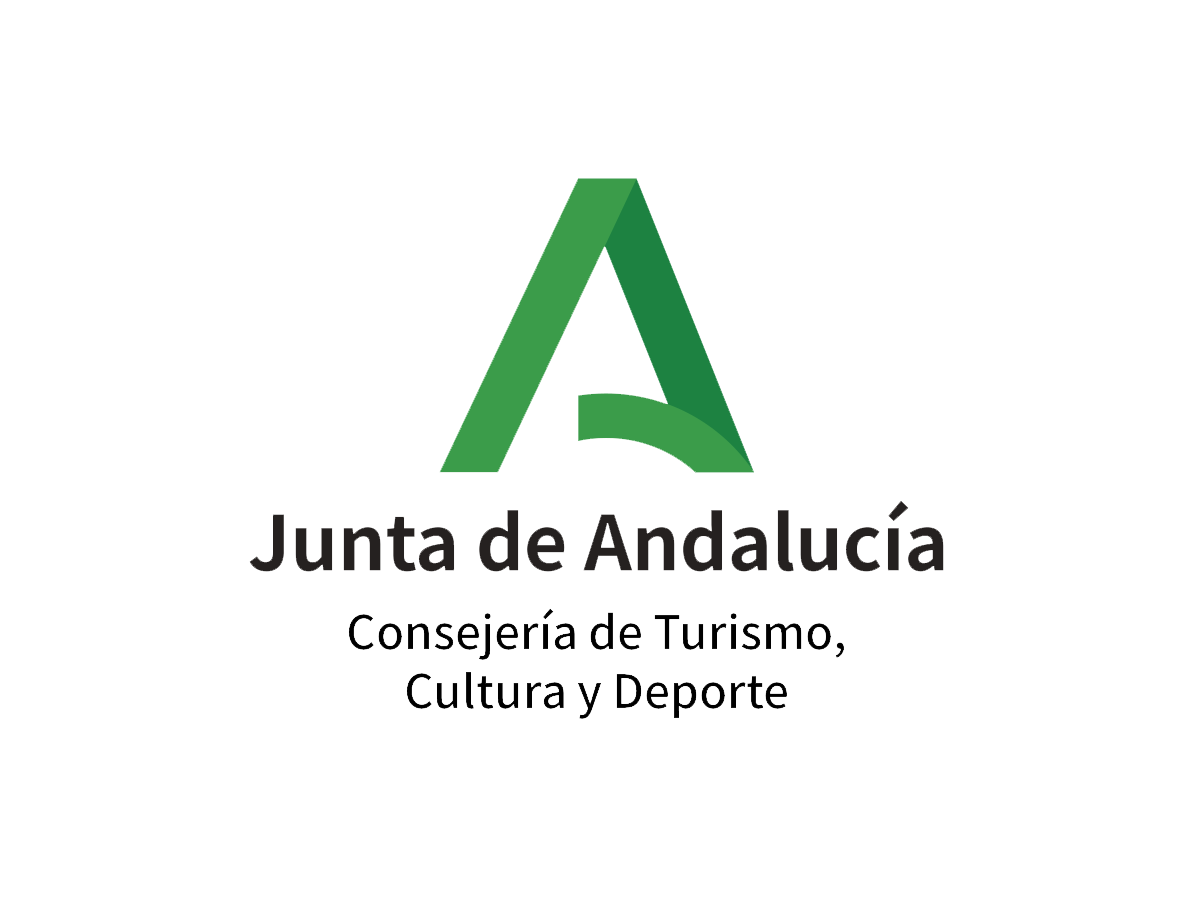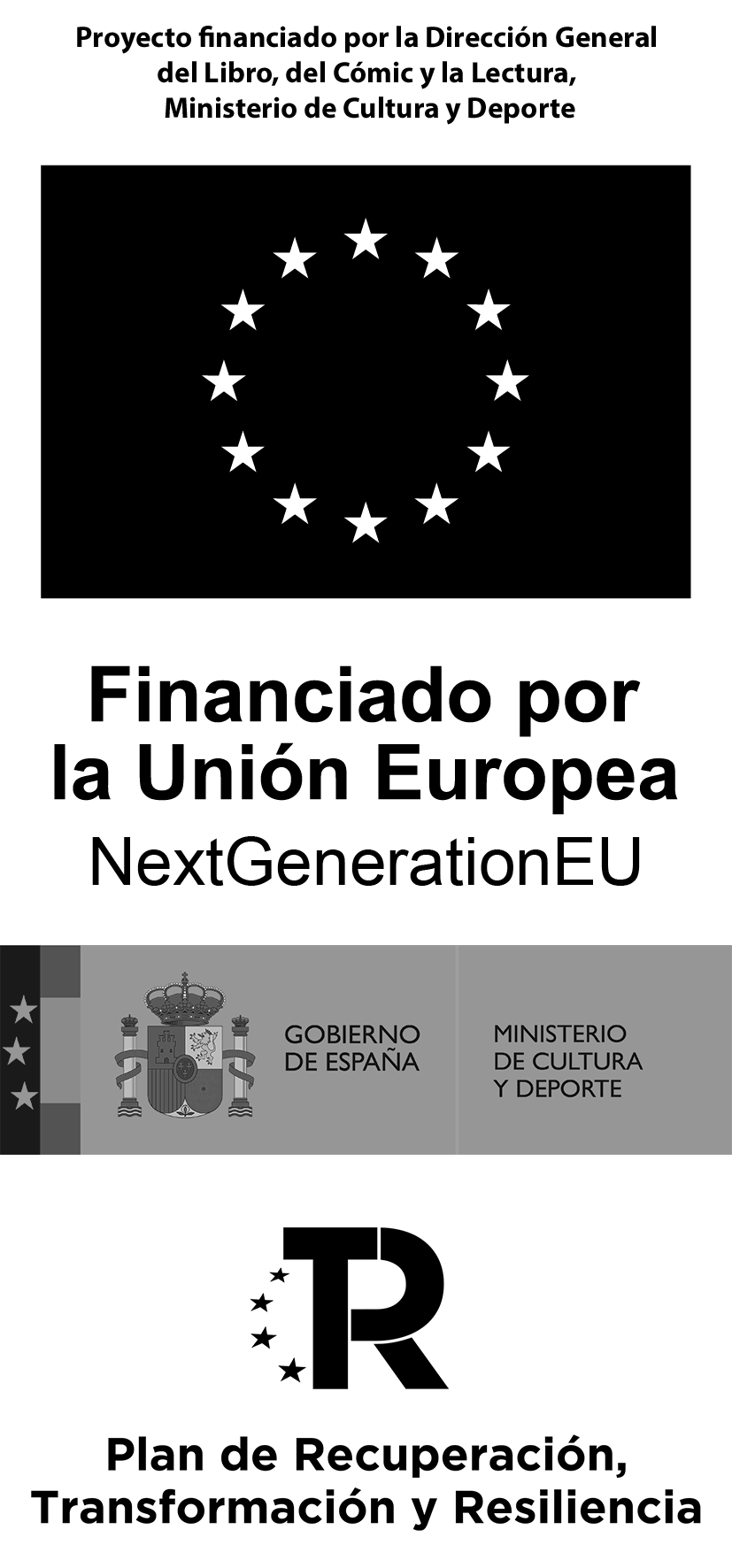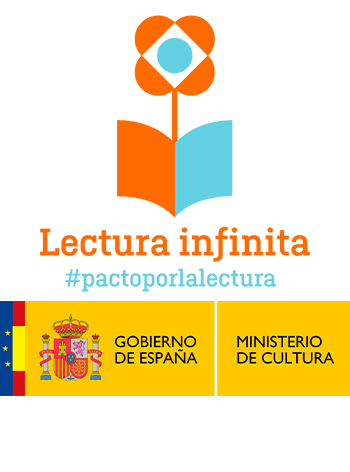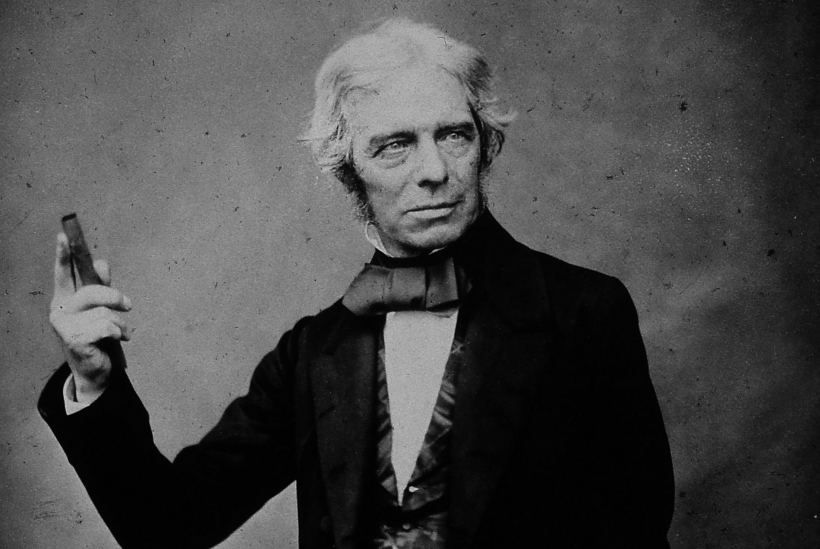
(Versión en castellano aquí)
When asked the secret of doing science, the great chemist Michael Faraday, replied in the early 1800s: Work, finish, publish- no-nonsense common sense from a humble autodidact, who rose from working class ob- scurity to being offered (and refusing) the Presidency of the Royal Society in his maturity. Faraday’s extraordinary experiments exploring electromagnetism are legion. Given his status, his words are treasured to this day by scientists. Surely, those words have been drummed into countless young postgraduate researchers by well-meaning seniors for generations. His vision of experimental science remains de rigeur to this day:
I am no poet, but if you think for yourselves, as I proceed, the facts will form a poem in your minds.
That quote hints that science may be an ethereal enterprise, less focussed than a take- no-prisoners voyage of discovery. Science is poetry? Alternatively, Faraday’s insistence on ”facts” as the stuff of his poetry is to many reassuringly grounding, bringing the practice back to earth. The brevity and subliminal appeal to common-sense of both quotes seems to me a hallmark of British science. I see a direct line, for example, from no-nonsense Faraday to (in my mind) the most British scientist of all, the (New Zealander!) Ernest Rutherford, who classified all science as physics or stamp-collecting, and reckoned the odds of betting against science at 1012 to 1. So it came as a surprise to me to come across the following words, also from Rutherford . . .
I think a strong claim can be made that the process of scientific discovery may be regarded as a form of art. This is best seen in the theoretical aspects of Physical Science. The mathematical theorist builds up on certain assumptions and according to well understood logical rules, step by step, a stately edifice, while his imaginative power brings out clearly the hidden relations between its parts. A well constructed theory is in some respects undoubtedly an artistic production. A fine example is the famous Kinetic Theory of Maxwell. … The theory of relativity by Einstein, quite apart from any question of its validity, cannot but be regarded as a magnificent work of art.
Those words can be parsed to imply that creativity resides in science, just as in art. That claim is no threat to modern science, but what if it were taken more literally? It is somewhat startling to a card-carrying scientist (including this one) to read Rutherford’s words once more…”scientific discovery may be regarded as a form of art”! Is science another domain of artistic practice, alongside sculpture, film-making, etc.? That reading is perhaps overblown; after all, Rutherford explicitly invokes the notion of a logical progression to scientific ”discovery”, an implicit credo dear to the hearts of many practising scientists. Yet he also allows for the creation of scientific theories as works of pure art, regardless of their validity. Hmmm. Do scientists ”create” rather than ”discover”? And, for that matter, do artists ”discover” or ”create”?
These conundrums are age-old, but largely forgotten in the day-to-day hustle and busy- ness of the massive production line of science, whether from a crowded lab in some un- prepossessing rural university, or the fabled CERN scientific complex, so extensive that its ”lab” sprawls across a national border, straddling France and Switzerland. Perhaps they are forgotten for a simple reason: science is expensive. In fact, science is far more costly than even the most costly art productions, including the bloated budgets of Hollywood productions. After all, Hollywood films are deemed to have failed unless they recoup their production costs, and (far) more. Value is no more, or less, than a balance of expenditure over costs. Ask a film producer, or a crusading journalist, or the imaginary taxpayer, summoned into the mind of any politician as he or she weighs up a country’s annual Bud- get. Science too is likewise constrained. Its triumphs, such as the extraordinarily rapid development of COVID vaccinations are sure indicators of its value. Likewise, the current crowd of ”scientific experts” quizzed by the media on the COVID epidemic: a daily pa- rade of epidemiologists from all corners, whose variety of models will surely explain any eventuality. Despite the public swagger of science, it remains at heart a fragile construc- tion. Even at its most strident, its ”facts” are unclear. To give one current example, the debates over effective quarantine measures in Australia gloss over the ”fact” that aspects of the fundamental science of viral transmission, from fluid mechanics [4] to soft-matter science [7], remain unknown. Despite an apparent consensus, science remains a human activity, far more complex than a well-equipped voyage of discovery. Any reckoning of the (financial) value of science is messy and ultimately hopeless. The conscientious accountant must include the price of microplastics in the environment, of fossil fuel extraction, as well as the benefits of vaccinations.
It seems to me that in the midst of COVID and the apparent triumph of scientific research, we would do well to sit quietly, and reflect on the the nature of science itself. My own thoughts were triggered by a recent visit to the Heide Museum of Modern Art in Melbourne, where I spent a few hours at a retrospective exhibition of the Australian modernist Robert Owen, ”Blue Over Time”, featuring sculptures, paintings, and assorted other pieces [5].
Owen is a deep thinker and profound artist, whom I have been fortunate to occasionally spend time with. (A recommended introduction to his work is the beautifully produced recent monograph ”Robert Owen – A Book of Encounters” [6].) He’s worth knowing for his own sake: he spent a few years in the early 1960s on the Greek island of Hydra together
with an extraordinary community of writers, musicians and scholars, including Leonard Cohen and (lesser known globally, but equally influential to Australians) Charmian Clift and George Johnston. The flavour of that community is beautifully captured by a couple of exhibits at Heide: a pair of reed flutes, hand-crafted by Owen and exchanged with Cohen. In return, Owen was given a copy of Cohen’s latest book of poetry, ”Flowers for Hitler” (1964), inscribed with the poet’s dedication:
For Bob
like your reeds there
is a special way to blow on these All good things
Leonard, Hydra, Winter 1965
The practical advice of Faraday and the dreamy lyrics of Cohen are so different, both in intent and content, that visiting aliens could be excused were they to suggest the gulf between the words of Faraday and Cohen offer unequivocal proof of the existence of multiple distinct life-forms in the Milky Way. It seems that scientists and artists have evolved entirely distinct ways of thinking and doing on the same planet. Or perhaps Faraday, Maxwell, Einstein, even Rutherford, were poets, like Cohen?

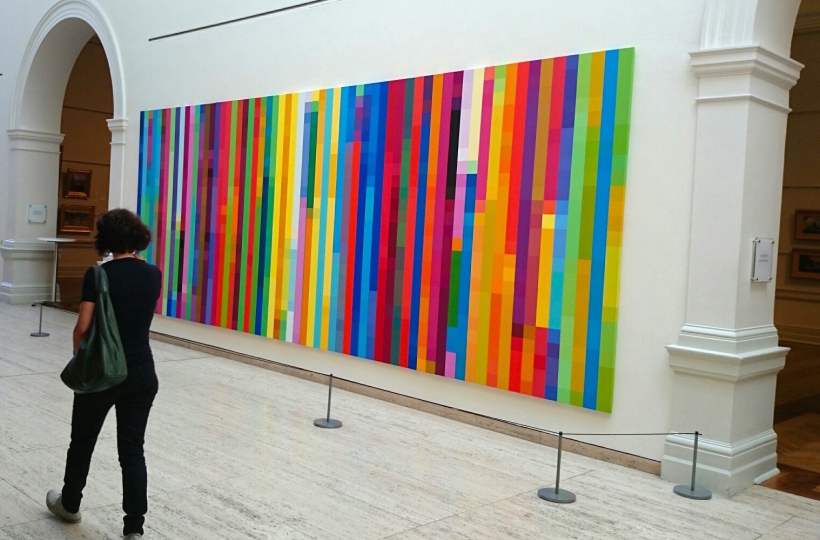
On the other hand, my Heide visit rekindled the converse thought: perhaps (good) artists are in fact scientists? I find Owen’s works unequivocally scientific as well as artistic. So much so that after being shown his sculptures a few years ago, I began researching the concept of ”tangled polyhedra” from the perspective of topology and graph theory, a subject which continues to preoccupy me and other scientific colleagues, more than a decade later. (Owen and I described those connections elsewhere [3].) My interest was triggered by nothing more (or less) than Owen’s artworks, yet I – in all honesty, dishonestly – continue to justify my research on these tangled forms in technical papers by its relevance to things of ”value”, such as interwoven molecular frameworks in modern synthetic materials. The ”value” of that field of fundamental scientific research is in turn routinely justified to the broader science community (in less specialised science publications and grant applications) via its relevance to really useful stuff, such as ”designer materials” tuned to store hydrogen for green energy, or capture carbon dioxide, to mitigate global warming. All scientists know the game well, for those who will not or cannot play rarely survive beyond their first post-doctoral post or grant round. One more confession: (nearly?) all the scientists I know admit to the essential dishonesty of that game, playing along to keep the funds and publications flowing. The game is an ingrained aspect of contemporary science, tolerated as an obligatory distraction from the real business of scientific research. But just what is that real business?
It may come a surprise to many non-scientists to learn that the deeper one looks into the
practice of scientific research, the closer the practice of fundamental science resembles the art of Owen and Cohen than the well-paved path from the lab to the publisher, chronicled by Faraday. Faraday claimed his ”poems” were built with ”facts”. And so they were: his magnets and galvanometers did not lie. Neither do the reams of data thrown up by CERN’s accelerator, or the the microwave map of the sky. But the spinning and weaving of that
data into a scientific fabric, offered to the otherwise uneducated masses as the signature of the elusive Higgs particle, or an echo of the Big Bang reverberating around the cosmos, is neither a truth nor a lie. It is a story, spun by human creativity. There is no single road from ”work” to ”publish”. Conversely, it is not too far-fetched to associate visual art, or literature, with ”facts”, though those facts are not readily detected by a scientific instrument. Conjunctions of colours, which lie at the heart of Owen’s abstract pixellated paintings, and words, which fizz within Cohen’s lyrics, catalyse common, unquantifiable, emotional responses in very different people.
In the current climate of usefulness and value, the intrinsic slipperiness of science, as opposed to the incremental and essentially phenomenological nature of engineering, is too often denied. Art is an essential reminder. Artists explicitly embrace the irrational: the essential source of creative ideas. We scientists, on the other hand, flee from such flakiness, preferring to shelter within more politically-acceptable quarters, whose admission price is alignment with the prevailing notion (not notions) of ”value”: economic growth. Our adherence to the ”value” of science, measured and funded in terms of economic value, has cost us dearly. I was reminded of that cost reading an essay by the eminent quantum theorist, David Bohm, ”On the relationships of art and science” (available in a collection of essays by Bohm, ”On Creativity” [1]), recommended to me by Owen. In his essay, Bohm discusses the emergence of new artistic languages in the twentieth century, from C´ezanne to Cubism, Constructivism and Mondrian and their common feature: the emergence of an entirely new form of art, which involves new structural elements which in themselves have no meaning, but which combine to form structures whose meanings emerges from the imagination of the artist alone. The value of such art, Bohm argued, lies in its possibility to shed light on how structure itself is perceived by the senses, potentially opening new ways of seeing the external environment. The artist who wrestles with forms, reveals, at his or her best, ”new general understanding of structure at the perceptual level. . . From this, the scientist can form new abstract ideas of space, time and the organization of matter.” His argument can be interpreted as one of peripheral relevance to most scientific researchers: after all, how many of us are looking at new ideas of space or time? That response is comforting, but too easy. For surely all physicists, chemists and molecular biologists are looking deeply into ”the organization of matter”?
Like Rutherford’s comparison of scientific theory with art, Bohm’s argument seems astonishing today. Both quotes betray a proud indifference to the conventional practice of scientific research, articulated so clearly by Faraday. In contrast, today’s science can be described as Faraday-lite: obsessed with continuous reinforcement of the fiction of ”values”, thereby sidestepping deeper sources of thought.
Can scientific culture value deep thinking? Thankfully, yes. Witness, for example the recognition of its importance by Rutherford and Bohm (and numerous other ”great” scientists, including Einstein, Poincaré… ). If so, how can scientists recover the practice of deep thinking? First, we must abandon current obsessions guiding ”good science”. The fiction that scientists work better in a hurry must be laid to rest, with apologies to Mr. Faraday. Like Slow Food, whose origins lay in rejection of fast food by Italian consumers and growers, Slow Science is healthy. Second, the cult of collaboration must be exposed for what it is: an empty belief. Though group-research is important to some, larger groups are also prone to group-think mediocrity – science by committee – rather than creative ideas. Worse, the very idea of a scientist working alone remains acceptable in mathematics, but anathema in the other sciences. Perhaps, most painfully but most importantly, we must abandon the credo that binds us to the political and sociological ”system” whose mea- sures of value allow only short- to medium-term productivity and utility. That will happen anyway, it’s called engineering. At this point, I hear murmurs of disapproval from many quarters: acceptance of a basic distinction between science and engineering is an implicit nod to elitism. (In fact, both practices require their own elites.) Like artists, scientists must accept that the true creativity is unlikely to be funded to the level required to sustain another CERN or a (wo)manned mission to Mars, even with Elon Musk’s purse.
More to the point, the time has surely come for science to definitively break the yoke that binds science to ”value”. Within my own time in science since the 1980’s, I have seen the wholesale reassignment of scientists as de-facto engineers. Giant industrial labs, such as IBM and Xerox in the US, have disappeared, their (engineering) research now funded by the taxpayer, being done in physics and chemistry labs in academia. More recently, COVID has induced extreme financial hardship on universities in Australia, dependent on fee-paying by non-Australian students to sustain a large body of self-identifying science researchers, all claiming to conduct ground-breaking and world-beating (and expensive) research. Sadly, it is not too far-fetched to argue that unfettered scientific research is all but gone, except in the most privileged of academies around the world. If it is to revive, perhaps reversion to fewer, modestly-funded (dare I say ”elite”!) scientists is essential in any case.
I was reminded of these uncomfortable prescriptions for the future of science most re- cently, and forcefully, by a fascinating article by the Genoese art critic Germano Celant, first published in 1967. Celant’s article is devoted to the philosophy of a group of Italian artists, whom he associated with a new philosophy of art-making, which he famously called ”Arte Povera” (Poor Art, or perhaps better translated as Impoverished Art). Like Bohm, the text is recognisably of another era. Celant argued that the ”true” artist, exemplified by Marcel Duchamp, is obliged to remain outside the system. If not, ”the artist, the new apprentice jester, is… called upon to produce fine commercial merchandise, offering satisfaction to sophisticated palates.” His articulation of Arte Povera includes the declaration:
So on the one hand, we have an attitude to be defined as ’rich’ since it is osmotically connected to the enormous instrumental and informational possibilities that the system offers; an attitude that imitates and mediates the real creates the dichotomy between art and life, public behavior and private life. And on the other hand, we have ’poor’ research This is a
way of being that asks only for essential information, that refuses dialogue with both the social and the cultural systems, and that aspires to present itself as something sudden and unforeseen with respect to conventional ex- pectations: an asystematic way of living in a world where the system is everything. Such an attitude. . . is intent upon retrieving the factual signifi- cance of the emerging meaning of human life. It’s a question of an identifi- cation between man and nature, but with none of the theological purposes of the medieval narrator-narratum; the intention, quite to the contrary, is pragmatic, and the goal is liberation, rather than any addition of ideas or objects to the world as it presents itself today.
Celant’s vision of art, shorn of the coat of 1960s polemic, is strikingly parallel to a conventional philosophical vision of science, which seeks identification between ”man and nature”, driven to understand the ”factual” significance of our existence. Arte Povera, like Slow Food, was a radical rejection of the ”system”. If science is to revive, perhaps an equally radical stance is required.
I am struck by the notion that whereas (some) artists have wrestled with the importance of new ways of seeing, analogous discussions are (to my knowledge) nowhere to be found among scientists. Indeed, it is thanks to Robert Owen that I came across Celant’s essay, recently reprinted to commemorate his death of COVID last year [2].
Whereas science and art will always have their differences, often communicated by dif- ferent languages, both professions have something to learn from each other. Viewed from the scientific side of the linguistic border, art-speak is often obscure, with a propensity to purloin scientific concepts and reissue them in a half-garbled form, thereby gilding the work with an aura of the other. (Interestingly, the converse practice: art-speak in scien- tific publications, is hard to find, save some celebrated cases; another story worth telling elsewhere). However, a deeper dive, into Celant, or Owen (or Cohen?) reveals a humility and dedication to the primacy of deep, creative thought over the ”valuable”. It is time for scientists to abandon the widely-held view that art is secondary to science, forever hobbled by its fondness for imaginative thought over the empirical and its explicit admission of the irrational. It is time to rekindle the association between art and science which was openly acknowledged by scientists in earlier times. Bring on Slow Science and Scienza Povera. For even the most unfettered scientific poems may hit paydirt eventually. When asked by Gladstone what his new-fangled concept of electricity could offer society, Faraday famously answered
Why sir, there is every possibility that you will soon be able to tax it.
His wit is undeniable, but has proven to be all-too prophetic in recent years. Despite his own well-documented integrity and humility, he crystallised a dangerous idea: science is money. Given the exorbitant prices exchanged on the international art market in recent years, so too is art. But that’s not the point.
References
- D. Bohm. On Creativity. Routledge Classics. Routledge, 2004.
- G. Celant. In memory of Germano Celant: Arte povera. notes on a guerrilla war. Flash Art April 20, 2020.
- S. Hyde and R. Owen. Sculpting entanglement. Australian Physics, 52(6), 2015.
- R. Mittal, R. Ni, and J.-H. Seo. The flow physics of COVID-19. Journal of Fluid Mechanics, 894, 2020.
- H. Museum of Modern Art. Blue Over Time. https://www.heide.com.au/exhibitions/blue-over-time-robert-owen
- R. Owen and etc. Robert Owen—A Book of Encounters. Perimeter Book, 2021.
- W. C. Poon, A. T. Brown, S. O. Direito, D. J. Hodgson, L. Le Nagard, A. Lips, C. E. MacPhee, D. Marenduzzo, J. R. Royer, A. F. Silva, et al. Soft matter science and the covid-19 pandemic. Soft matter, 16(36):8310–8324, 2020.




